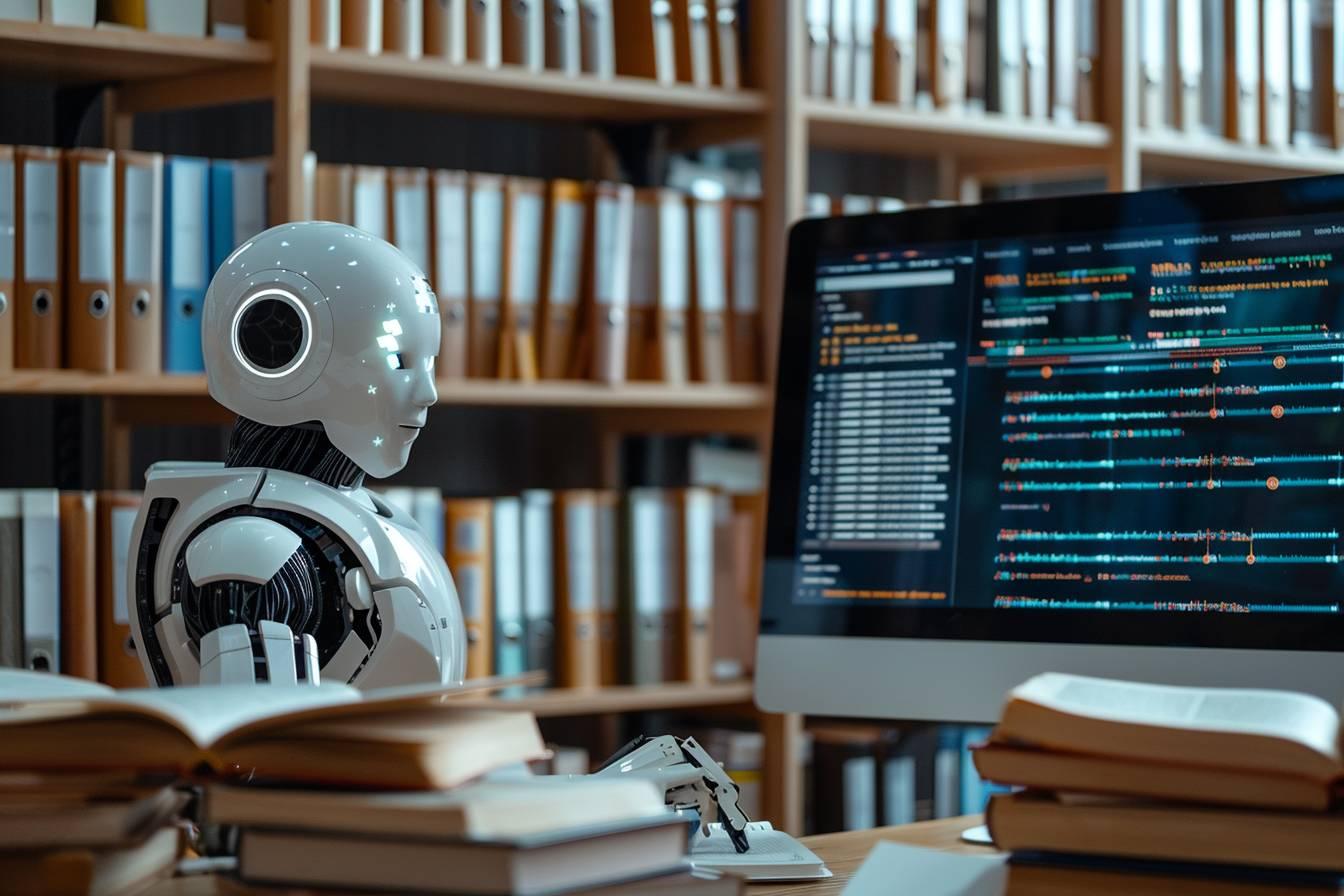Machine translation has come a long way since its inception in 1948. This revolutionary technology is transforming the way we communicate on a global scale. From international organizations to cutting-edge industries, computer-assisted translation has become an indispensable tool, despite the controversies that surround it.
The evolution of machine translation: from its origins to the present day
The first experiments in machine translation date back to 1948 in Great Britain and the United States. In 1954, the first computer demonstration took place in New York, translating from Russian into English. This marked the beginning of a new era in linguistics.
In the 1950s, machine translation research spread to many countries:
- USSR
- Japan
- France
- Other industrialized nations
In France, the CNRS created CETA (Centre d’études pour la traduction automatique) in 1959. This center was divided into two sections: CETAP in Paris and CETAG in Grenoble. Under the direction of Bernard Vauquois, CETAG evolved into GETA in 1971, marking a new stage in French research.
The 1980s saw the commercialization of machine translation, driven by the rise of microcomputers. This democratization opened the way to new applications and uses. The following decade saw the return of empirical and statistical methods, enriching translation approaches.
Linguistic and technical challenges of machine translation
Machine translation poses numerous linguistic challenges. Systems must overcome lexical, morphological, syntactical and stylistic obstacles. These issues are particularly complex in the European context, where linguistic diversity is high.
Anne-Marie Loffler-Laurian’s book offers an in-depth look at these issues. It is not a technical manual, but rather an analysis of the reading and use of documents produced by machine translation. This approach enables us to better understand the limits and potential of this technology.
A comparative table illustrates the main difficulties encountered:
| Linguistic aspect | Challenges for machine translation |
|---|---|
| Lexicon | Polysemy, neologisms, technical terms |
| Morphology | Flexions, derivations, compositions |
| Syntax | Complex structures, ambiguities |
| Style | Idioms, language registers, cultural nuances |
These challenges partly explain why, despite the progress made, the quality of machine translations is still inferior to that of human translators. Systems have certainly improved in terms of speed, but finesse and accuracy remain elusive goals.

Applications and future prospects for computer-aided translation
Artificial intelligence-assisted translation has applications in many fields. It is particularly useful for :
- Rapid international communication
- Distribution of multilingual content on the web
- Translating large technical documents
- Assistance to travelers and expatriates
In the field of education and research, machine translation opens up new perspectives. It enables access to resources in foreign languages, facilitating knowledge sharing on a global scale. What’s more, its use raises fascinating epistemological questions about the nature of language and understanding.
On the other hand, the future of machine translation raises questions. Some experts question the real need for this technology to fully automate the translation process. Current limitations in terms of quality call for a rethink of objectives and methods.
There are many avenues for improvement:
- Integration of more detailed cultural knowledge
- Better management of contexts and nuances
- Development of hybrid systems combining linguistic rules and machine learning
- Greater collaboration between human translators and automatic systems
The future of machine translation probably lies in a balanced approach, where technology assists and augments human capabilities rather than seeking to replace them completely. This synergy between man and machine could well be the key to overcoming current challenges and opening up new horizons in intercultural communication.
